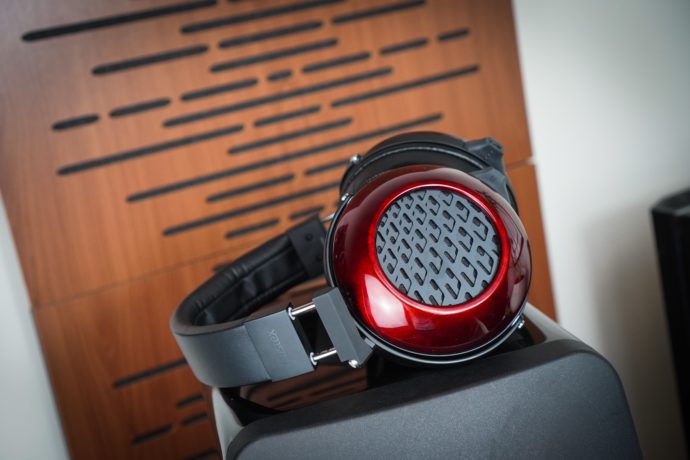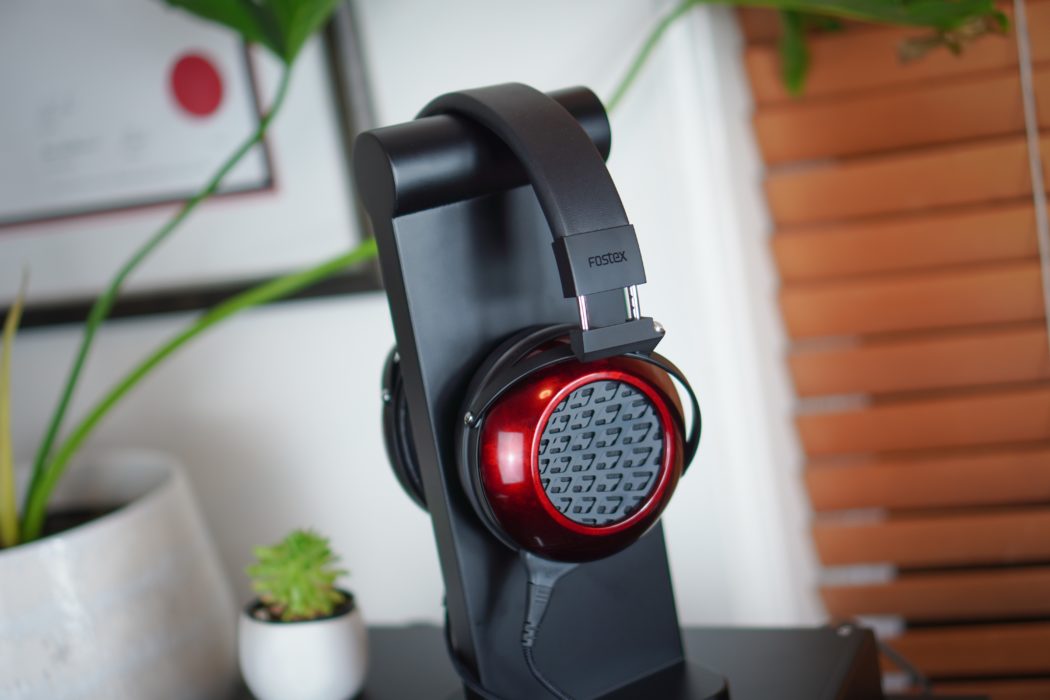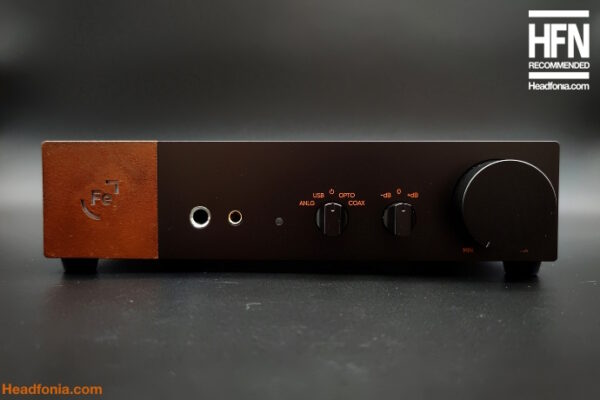The TH909 is the flagship open-back headphone from Japanese audio manufacturer Fostex. Priced at $1,799 USD, the TH909 is derived from Fostex’s famed TH900 closed headphones and features the same unique Urushi lacquered finish that gives it its signature look.
Note: Focal’s Australian distributor Busisoft A.V kindly lent us a sample of the TH909 for this review. We appreciate the support and our thanks go out to them for the opportunity to share our impressions with Headfonia readers.
‘Sports-car’ pedigree
The Fostex TH900 has long been regarded as legendary in the field of personal audio. Since its unveiling back in 2011, collectors have prized them equally for their powerful, engaging sound signature as well as for their mesmerising red finish. Few headphones have managed to develop a cult-like status, but like the Ferrari Testarossa that was worshipped on the wall of millions of teenage kids’ bedrooms back in the 1980s, the TH900 has become a trophy of sorts for personal audio collectors looking to add some exciting, instantly recognisable flair to their headphone cabinet.
So, what is the deal exactly with their signature ‘sportscar’ look? To fit-out their flagship audiophile product with a finish worthy of its place on top of their product line-up, Fostex engaged legendary Japanese artisan company Sakamoto Urushi Manufacturing Co., Ltd. Founded in 1900, Sakamoto specialises in Urushi – a special type of Japanese lacquer. The TH900’s red cups might look like they’re made of some kind of plastic or fibreglass given their impossible glossy finish, but they’re actually made from Japanese Cherry Birch. The wood is then transformed by hand with the signature Urushi finish, and the ‘Fostex’ logo is created by applying a layer of delicate silver foil sprinkles. If you have five minutes to kill, I recommend having a squiz behind the scenes to see how they’re made – it’s pretty incredible craftsmanship.
Like other closed-back headphones in the Fostex line-up, the TH900 isn’t exactly known for being a hugely isolating headphone. Curiously, despite looking like a big pair of bulky closed-off headphones they actually tend to leak quite a bit of sound. Conversely, they let quite a bit of sound in as well. Due to this, the TH900, TH610, and their Drop.com TH-X00 cousins are often regarded as being ‘semi-open’. So when Fostex released the open-back TH909 – the reason we’ve gathered here today – I was super curious to hear exactly what benefits would be given by ‘opening-up’ the TH900 even further.

Fostex TH909
So what do we have on our hands? The Fostex TH909 is a $1,799 full-sized, around-ear open-back headphone packing a 50mm biocellulose driver, which it shares with the donor TH900mk2. Fostex develops their ‘Biodyna’ material for their drivers out of organic material, cultivating it into a paper-like substance to create the diaphragm for the TH909’s 25-ohm dynamic drivers. The drivers gets their motivation from a Neodymium magnetic circuit with 1.5 tesla (15,000 gauss) magnetic flux density.
The glaring point of difference between the TH909 and the ‘OG’ TH900 is the large hole behind the driver housing, which forgoes an all-Urushi wood finish for a distinctive geometrically-patterned (which sounds fancier than ‘cheese-grater-looking’) two-layer metal grille. Each cut-out hole in the sandwiched-together grilles is a slightly different size and shape, which has been done for reasons of sound rather than aesthetics, according to Fostex. Whereas the grilles in most headphones use a uniform hole size in the mesh or wires used, Fostex explains that this can create resonances at certain frequencies which are then multiplied across the entire grille structure. If you randomise the size and shape, however, this effect becomes nullified. I’ll take Fostex’s word for it, but it sure does look cool.
The TH909 has some pretty stiff competition in the open-back dynamic headphone camp around this price tier, so I’m coming into this review with pretty high expectations. Firstly, there are the established players such as the Sennheiser HD800s and Beyerdynamic T1 which have firmly set the benchmark for performance for well over a decade. And then there are some newer category entrants like the TH909’s logical local competitor – the Audio Technica ATH-ADX5000, and the very impressive Focal Clear. So while the TH909 bolts out of the gate coursey of a fancy lick of paint and some well-regarded DNA, it’s going to need to back it up with some pretty strong performance. Let’s give it a whirl.
Head over to page 2 to read more.









Harsha
Hi,
Any chance you could review and share your expertise on the Hifiman Arya ? I’ve been waiting a long while for Headfonia’s take on it.
Thanks – An Avid Follower
Lieven
Arya was another version of the Edition X/Ananda of which we covered 3 already. So we decided not to review it right now.
wallace
honestly the 909 looks more like a ferrari than any other headphone with that beautiful grill